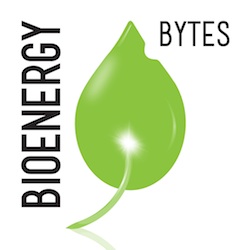 New analysis from Frost & Sullivan, Annual Renewable Energy Outlook 2014, forecasts the global installed capacity of renewable energy to more than double from 1,566 gigawatts (GW) in 2012 to reach 3,203 GW in 2025 at an average annual growth rate of 5.7 percent. Solar photovoltaic (PV) technology is expected to account for 33.4 percent of total renewable energy capacity additions over the 2012-2025 period. Wind follows closely at 32.7 percent, ahead of hydro power at 25.3 percent. Other renewable technologies will represent the remaining 8.6 percent of capacity additions.
New analysis from Frost & Sullivan, Annual Renewable Energy Outlook 2014, forecasts the global installed capacity of renewable energy to more than double from 1,566 gigawatts (GW) in 2012 to reach 3,203 GW in 2025 at an average annual growth rate of 5.7 percent. Solar photovoltaic (PV) technology is expected to account for 33.4 percent of total renewable energy capacity additions over the 2012-2025 period. Wind follows closely at 32.7 percent, ahead of hydro power at 25.3 percent. Other renewable technologies will represent the remaining 8.6 percent of capacity additions.- Outlook, trader debates and refining updates will be center stage at the 11th annual Kingsman Dubai Sugar Conference, a renowned event in the world of sugar trading, to be held January 31st through February 3rd, 2015. More than 30 speakers, representing producers, importers, investment bankers, shipping companies, traders, analysts and associations will offer views on sugar production by country, regional and global trade agreements, competition in ethanol, what’s ahead to 2020, and market pricing.
- The U.S. biomass power market is expected to see nominal growth expected during 2014-2025 according to a research report titled “Biopower in United States, Market Outlook to 2025, Update 2014 – Capacity, Generation, Regulations and Company Profiles“, now available with ReportsnReports.com. The report highlights installed capacity and power generation trends from 2010 to 2025 in United States Biopower market. A detailed coverage of renewable energy policy framework governing the market with specific policies pertaining to Biopower market development is provided in the report. The research also provides company snapshots of some of the major market participants.
- Natcore Technology has announced their research team has successfully used their proprietary advances in laser technology to produce an all-low-temperature laser-doped solar cell with all of its electrical contacts on the back of the cell. Eliminating the contacts from the front of the cell will allow an additional 4% to 6% more light to enter the cell and increase its output by a comparable amount. This increase along with other expected gains can increase efficiencies by up to 4% on an absolute basis relative to current benchmarks for front contact solar cells.

